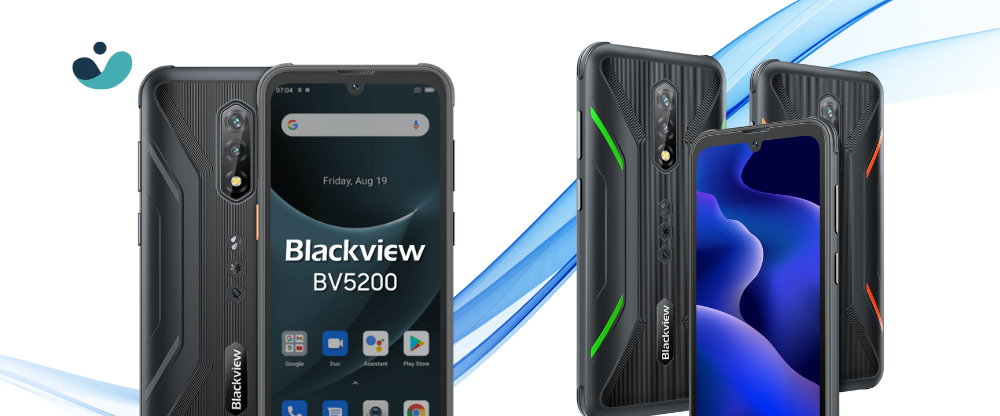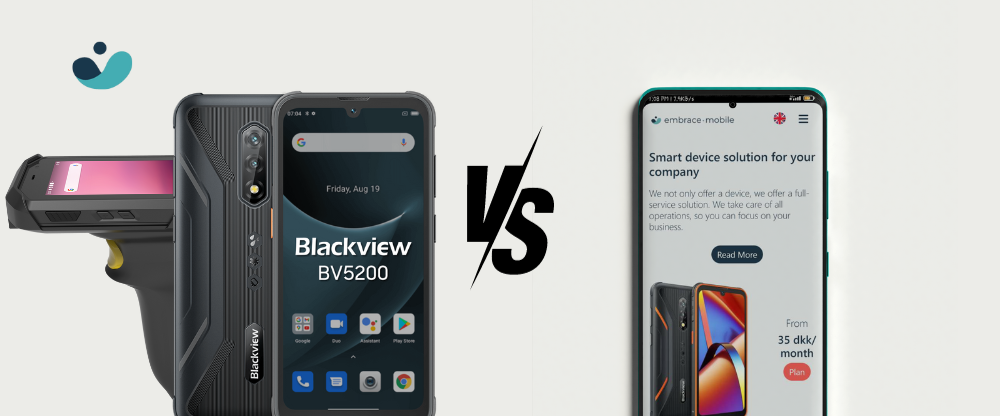

Barcode scanners are electronic devices that can read and translate the information encoded in barcodes. These devices have become an indispensable tool for businesses looking to automate their asset-tracking processes. By using barcode scanners, businesses can create a centralized database of their assets, making it easier to monitor their movement, location, and status. This enhanced visibility allows companies to optimize their inventory management, reduce the risk of theft or loss, and improve overall operational efficiency.
Barcode scanners play a critical role in streamlining asset management processes. They offer a range of benefits that help businesses achieve greater accuracy, efficiency, and cost-effectiveness in their operations. Some of the key roles played by barcode scanners in asset management include:
Enhanced Data Accuracy: Barcode scanners eliminate the errors associated with manual data entry, ensuring that the information captured is accurate and up-to-date. This increased accuracy minimizes the risk of inventory discrepancies and enables businesses to make informed decisions based on reliable data.
Improved Efficiency: By automating the process of asset tracking, barcode scanners enable businesses to save time and resources that would otherwise be spent on manual inventory management. This improved efficiency allows employees to focus on more strategic tasks, thereby increasing overall productivity.
Real-time Asset Visibility: Barcode scanners provide real-time visibility into the location and status of assets, enabling businesses to track their movement throughout the supply chain accurately. This level of visibility is essential for preventing theft, minimizing loss, and ensuring that assets are utilized optimally.
Simplified Auditing and Compliance: Barcode scanners simplify the auditing process by providing a comprehensive record of all scanned assets. This simplification not only streamlines the auditing process but also helps businesses comply with industry regulations and standards, reducing the risk of penalties and non-compliance issues.
There are various types of barcode scanners available in the market, each designed to cater to specific business requirements. Some of the most commonly used barcode scanners for asset tracking include:
Handheld Barcode Scanners: Handheld barcode scanners are portable devices that are easy to use and ideal for scanning assets in a warehouse or retail environment. These scanners come in various forms, including laser, linear imager, and 2D imager scanners, offering different scanning capabilities to meet diverse business needs.
Mobile Computer Barcode Scanners: Mobile computer barcode scanners combine the functionality of a barcode scanner with that of a mobile computer, allowing users to not only scan barcodes but also access relevant data on the spot. These scanners are particularly useful for businesses that require real-time data access and connectivity on the go.
Fixed Mount Barcode Scanners: Fixed mount barcode scanners are stationary devices that are typically installed at specific points, such as entryways or assembly lines, to scan assets as they pass through designated areas. These scanners are efficient for high-volume scanning operations and can streamline asset tracking in fast-paced environments.
Selecting the right barcode scanner is crucial for ensuring the effectiveness of your asset tracking system. When choosing a barcode scanner for asset management, consider the following factors:
Scanning Requirements: Assess the type of barcodes you need to scan, such as 1D or 2D barcodes, and choose a scanner that supports the required barcode formats.
Connectivity Options: Determine whether you need a wired or wireless barcode scanner based on your operational setup and connectivity requirements.
Durability and Environment: Consider the operating environment and choose a barcode scanner that can withstand the specific conditions of your business, such as temperature variations, moisture, or rugged usage.
Integration Capabilities: Ensure that the barcode scanner you choose is compatible with your existing asset management software or can be integrated seamlessly into your current system.
Implementing barcode scanners for asset tracking requires a systematic approach to ensure a smooth transition and optimal results. Embrace Mobile offers a wide range of scanners along with rugged devices so that they function in sync and perform in any given environment! Here are some key steps to consider when implementing barcode scanners for efficient asset tracking:
Conduct a Comprehensive Asset Audit: Before implementing barcode scanners, conduct a thorough audit of all your assets to create a comprehensive database and ensure that all assets are accounted for.
Choose a Suitable Barcode System: Select a barcode system that aligns with your asset tracking requirements and integrates seamlessly with your existing management software or database.
Train Employees: Provide comprehensive training to your employees to familiarize them with the barcode scanning process and ensure that they understand the importance of accurate asset tracking.
Establish Standard Operating Procedures: Develop standardized operating procedures for asset tracking to ensure consistency and accuracy in the scanning process across different departments or locations.
Regular Maintenance and Upgrades: Regularly maintain your barcode scanners and update your software to ensure that the system continues to operate efficiently and effectively over time.
Also read: What is Device Lifecycle Management by Embrace Mobile?
As technology continues to evolve, the future of asset tracking with barcode scanners looks promising. With advancements in barcode scanning technology, businesses can expect enhanced scanning capabilities, improved data analytics, and greater integration with other digital systems. Additionally, the integration of artificial intelligence and machine learning algorithms may further optimize asset tracking processes, enabling businesses to predict maintenance requirements, identify potential risks, and make data-driven decisions for improved operational efficiency.
Efficient asset management is crucial for maintaining a competitive advantage. Barcode scanners play a pivotal role in streamlining asset management processes, offering enhanced data accuracy, improved efficiency, real-time asset visibility, and simplified auditing and compliance. By choosing the right barcode scanner and implementing it effectively, businesses can optimize their asset tracking systems, minimize operational costs, and ensure the seamless flow of inventory throughout the supply chain. As technology continues to advance, businesses can expect further enhancements in barcode scanning capabilities, paving the way for more efficient and intelligent asset-tracking solutions.



